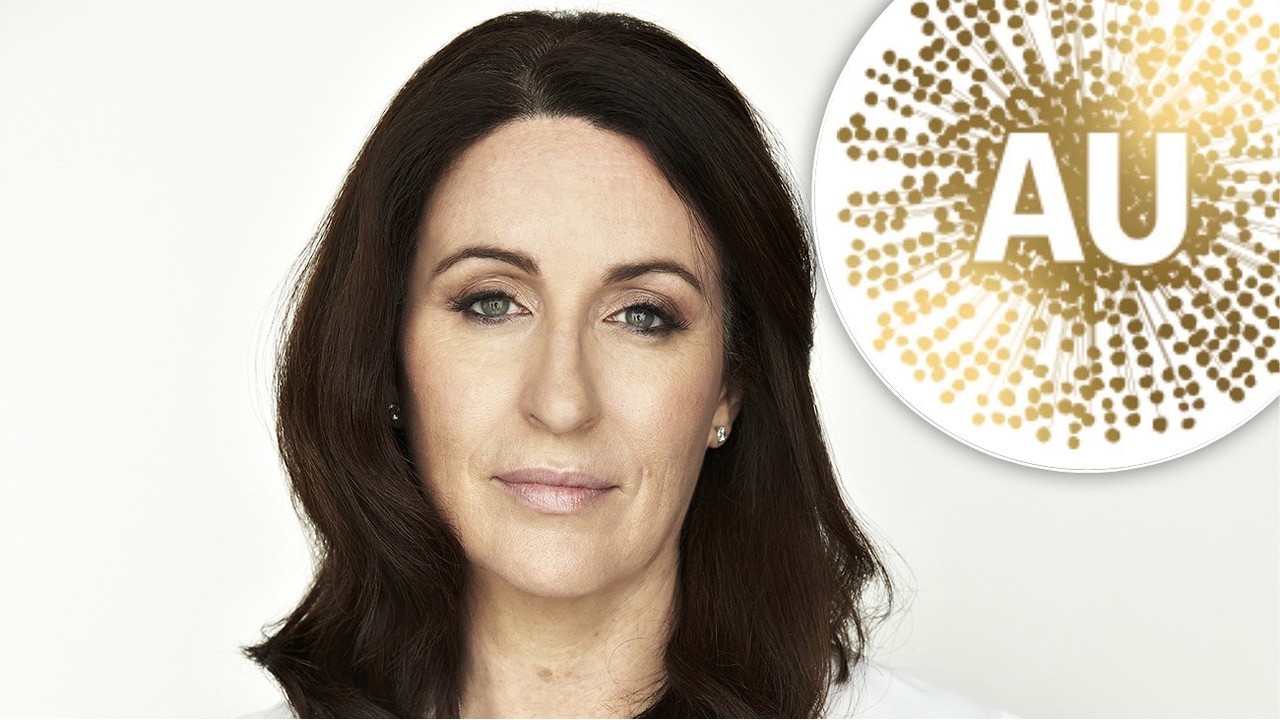Elite athletes’ fiercest opponent
Sports champs face scorching conditions during heatwaves, which can lead to life-threatening illnesses for athletes and those cheering them on. Here’s how to beat the heat, writes Beau Frigault.
A nailbiting tie-break in the second set of a tennis match.
A neck-and-neck race where split seconds separate first and second place. The single run or wicket that transforms a cricket team’s fortunes.
It’s these high stakes that motivate athletes to push themselves to the limits of their endurance, and create the heart-stopping moments that make sports so compelling for spectators.
As victorious athletes lift trophies and don medals at the end of a gruelling tournament, they would no doubt think all the sacrifices they’ve made — the long hours, the blood, sweat and tears — have all been worth it.
But as summer temperatures climb inexorably upwards, creating more competition days with extreme heat, the health impacts of heat exposure might soon be too high a price for some athletes — and spectators — to pay.
Take competitive tennis for example.
RELATED: Distressing scenes at the Australian Open as player collapses

With the prospect of a potentially record-breaking heatwave looming over this year’s Australian Open, could we be in for a repeat of the horror stories from last year’s tournament, where players suffered burns on the hot court surface, felt like they “were dying”, and collapsed under heat stress and exhaustion?
The organisers of this year’s Tour Down Under in South Australia likely share these concerns, as cyclists compete against the backdrop of temperatures exceeding 40°C, leading them to shorten some stages of the race — just weeks after test cricketers battled a heatwave in Adelaide last month.
Should any athlete be required to compete in such conditions?
As a doctor and former competitive tennis player and coach, I cannot stress how serious the health consequences of playing sport in extreme heat can be.
According to Sports Medicine Australia, the symptoms of heat illness can range from dizziness, nausea, confusion, aggression or irrational behaviour, to, in the later stages, altered levels of consciousness and collapse.
RELATED: Tour organisers forced to shorten stages because of extreme heat and wind

Heat exhaustion is the more common form of sport-related heat illness and can result in a post-exercise drop in blood pressure that may cause athletes to collapse. The more extreme form of this, heat stroke, can be life-threatening and requires immediate medical attention.
And it’s not just the people being physically active that are vulnerable.
Also at risk are spectators at sporting events, particularly children and the elderly. As they spend hours in the sun cheering on their favourites, they may be inadequately hydrated, have pre-existing health conditions and poorer fitness, leaving them less capable of dealing with extreme heat.
As heatwaves grow more extreme and frequent, it’s essential to develop coping strategies to protect athletes and spectators.
These range from simple steps — drinking plenty of water to avoid dehydration, taking adequate rest breaks, and staying out of the sun as much as possible — to major shifts in sporting protocol. For instance, unbearable daytime temperatures could restrict play to the cooler hours of the day, or even to the cooler months of the year.

Acclimatisation will also become increasingly necessary for elite athletes competing in hot climates. For example, ahead of the Tokyo Olympics, Australian Olympic medical director Dr. David Hughes has recommended all athletes get two weeks of acclimatisation in temperatures similar to the searing heat they’re expecting in 2020.
These practices are helpful for coping with the heat — for now. Ultimately, there is a limit to how much we can adapt to, and if no action is taken to curb climate change-fuelled temperature rise, there could come a point where we run out of options.
This would be tragic news for Australians and the sporting culture that is such an important part of our lives.
For the sake of sports and the people who love it, there has to be concerted action by our leaders to rapidly cut greenhouse gas emissions, and phase out the biggest polluter of all — fossil fuels.
The solutions we need are right here. Renewable energy is proven, growing cheaper by the day, and brings numerous co-benefits such as new jobs and less pollution. We just need our leaders to muster up the political will to scale up these technologies quickly.
A safe climate in which everyday Australians and athletes can pursue their passions without putting their health on the line — now that’s a prize worth fighting for.
Dr. Beau Frigault is Queensland state chair of Doctors for the Environment Australia and a former Ontario Tennis Association player and coach.


